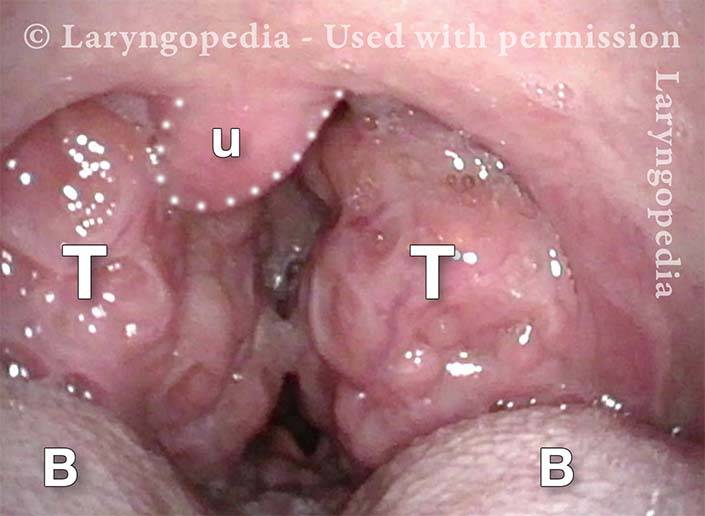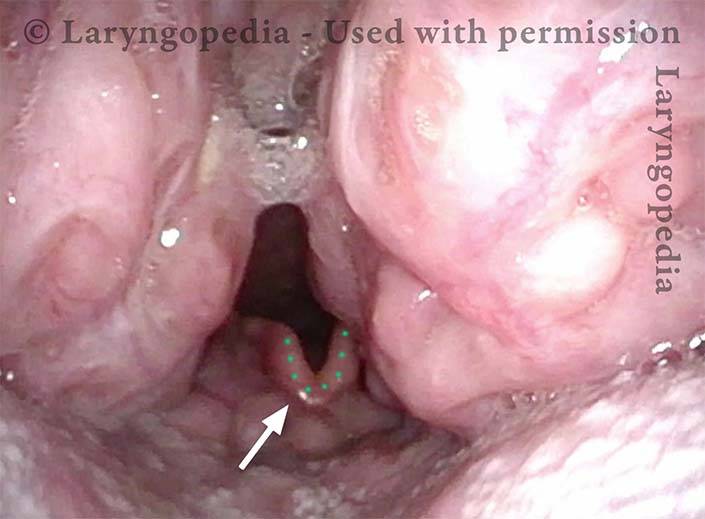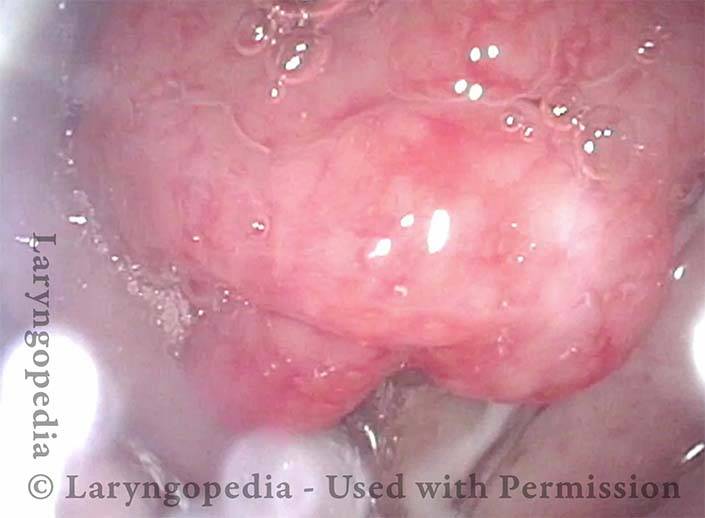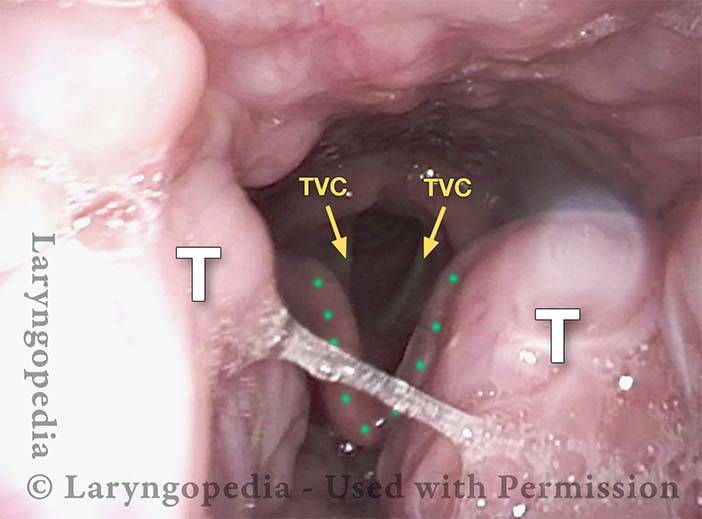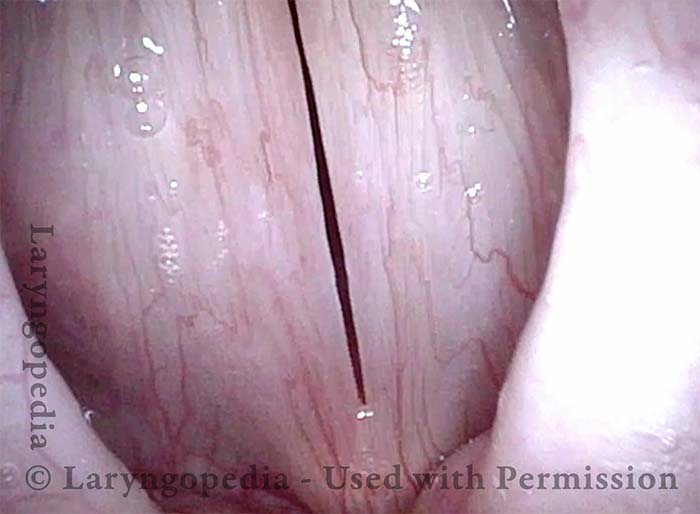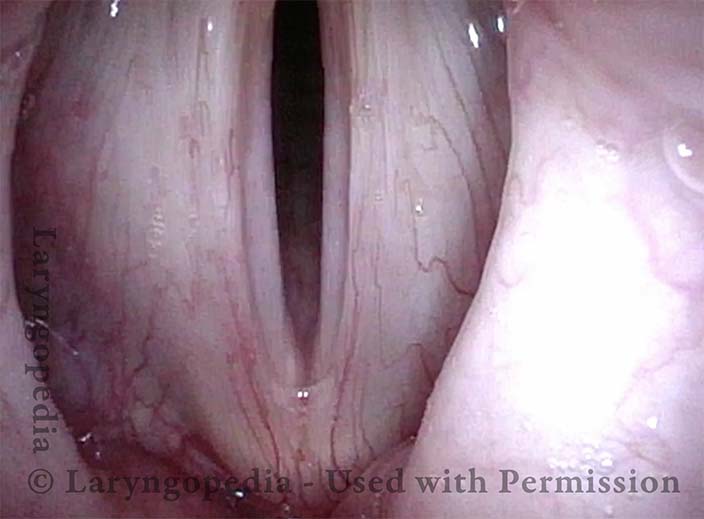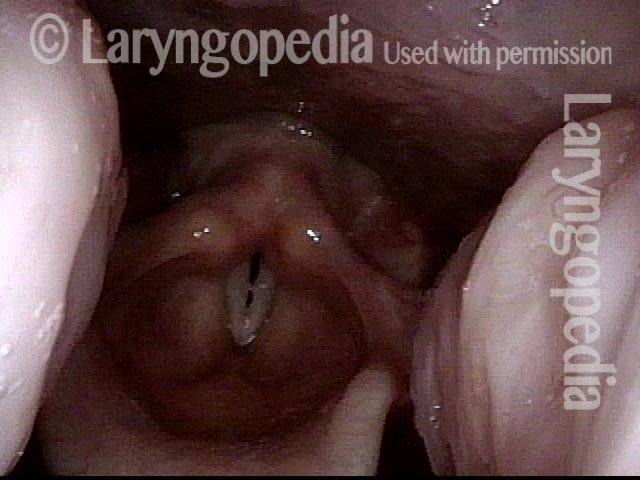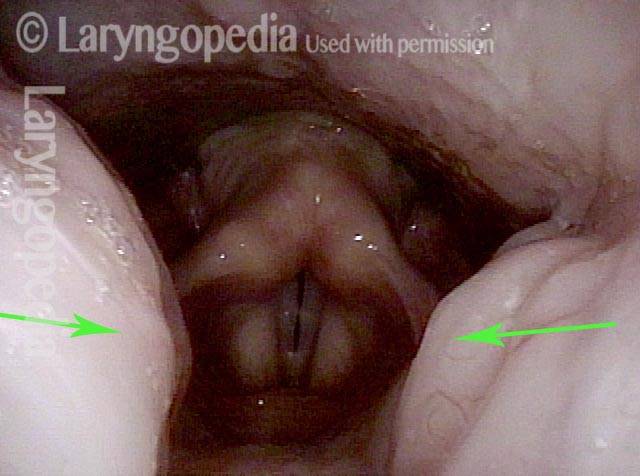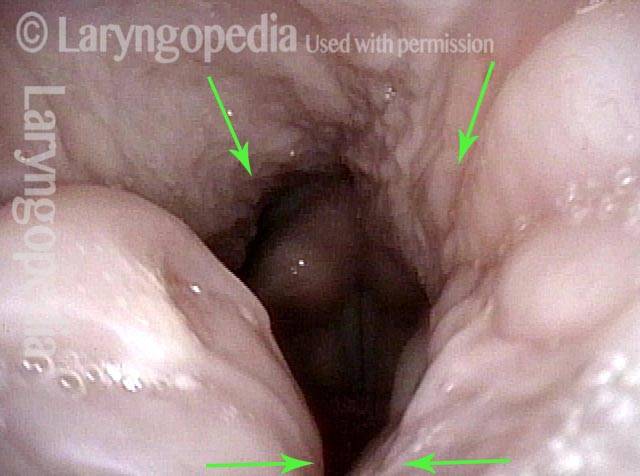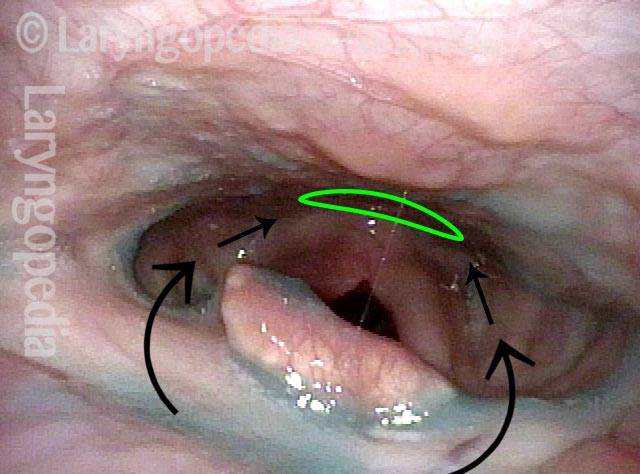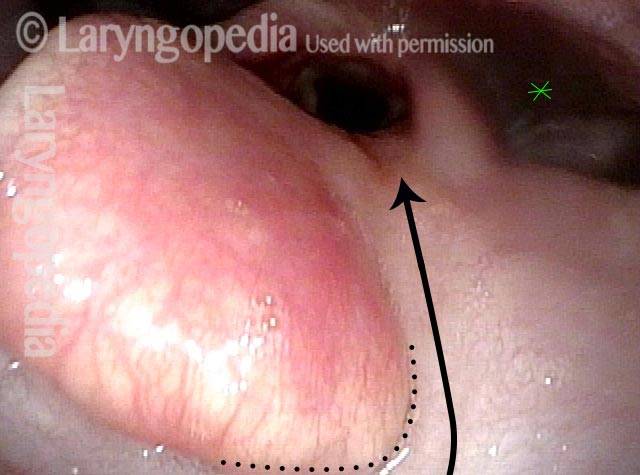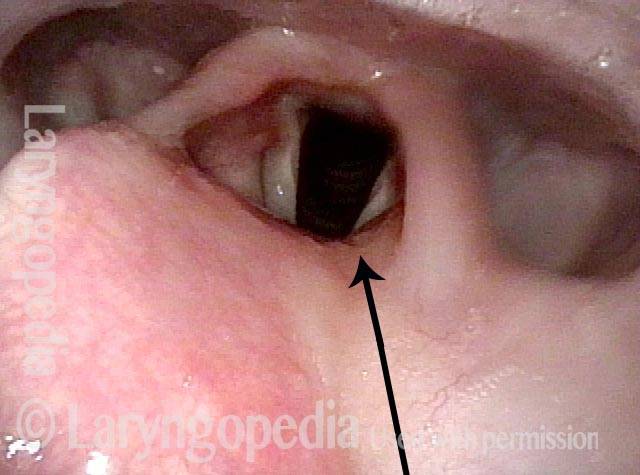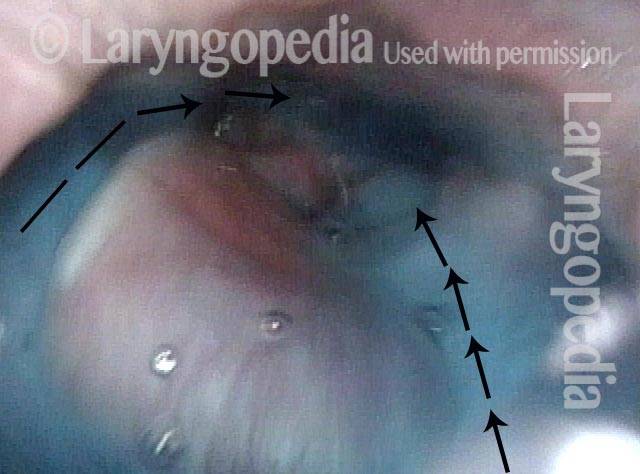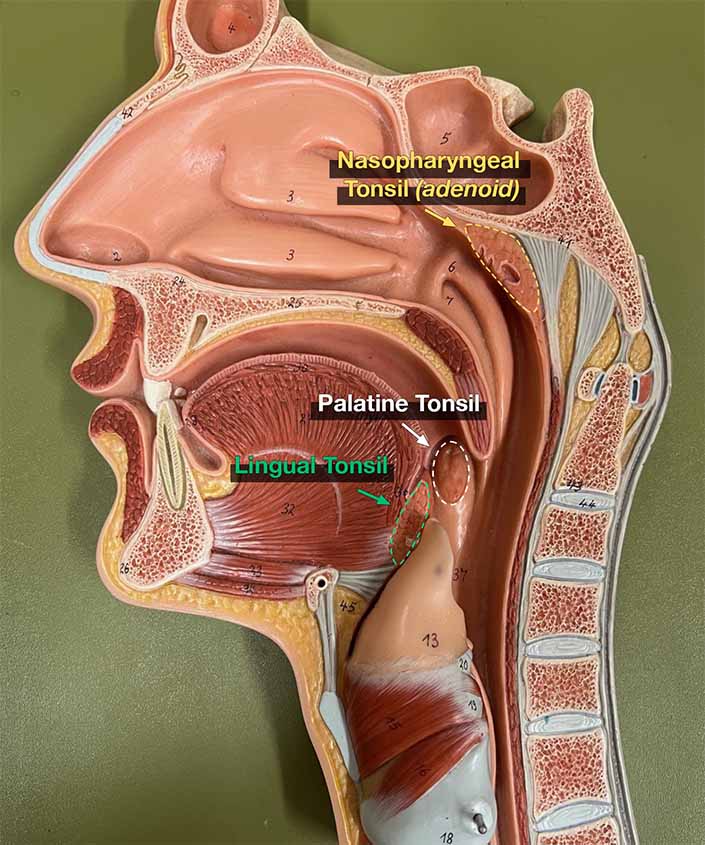Tonsils
Tonsils are accumulations of lymphoid tissue found in the upper aerodigestive tract. Lymph nodes are also part of the lymphatic system, but are encapsulated and found buried in tissue of the neck, chest, abdomen, etc.
When one refers to “tonsils” the usual reference is to the palatine tonsils, comprised of semi-encapsulated lymphoid tissue located on the lateral walls of the pharynx. These are often easily seen by opening the mouth widely and shining a light towards the posterior wall of the pharynx while saying “ah.”
Adenoid tissue is very similar but found in the extreme back of the nose, above the palate. They can be referred to as the “nasopharyngeal tonsils.”
A third main location for similar lymphoid tissue is the base of the tongue, where they are called “lingual tonsils.”
We sometimes refer to “micro-tonsils” which are the small salmon-colored bumps seen on the wall of the throat, especially during/after pharyngitis.
Sample of Instructions after Tonsillectomy
Pain Control
- For the first 3 days after surgery, take pain medication on a regular schedule rather than waiting for pain to worsen. This improves comfort and typically reduces total medication use.
- After 3 days, begin spacing doses as needed based on your level of discomfort.
- Use popsicles, ice chips, or similar cold items for additional relief.
- Ear pain is common; it is referred pain from the throat.
- Sleep with your head elevated to reduce swelling.
- Take an over-the-counter (OTC) stool softener such as Colace (100 mg daily) to prevent constipation.
Diet
- Stay well-hydrated. Even if you have little appetite, push fluids to avoid complications and reduce throat discomfort.
- Begin with cool liquids and creamy or puréed foods.
- After 3 days, you may try warm, soft foods. Avoid dry, crusty, or sharp-edged items for at least 10 days.
Voice Use
- Use your voice sparingly for the first 2 days.
- You may sing lightly after one week but avoid forcing your voice.
- Be cautious not to develop poor vocal habits due to discomfort.
- Resume unrestricted voice training after 3 weeks.
Activity
- Avoid lifting more than 5 pounds, bending, or straining for 2 weeks.
- Walking is fine early postoperatively, but avoid running, biking, swimming, or vigorous activity.
Other Symptoms
- Bad breath is expected and normal.
- White patches or areas of gray/black where the tonsils were are part of the healing process—do not be alarmed.
- Limit how often you check the area to avoid unnecessary worry.
When to Call Your Doctor
- If spitting blood: Start gargling with ice water and contact your doctor immediately.
- Fever above 101.5°F
- Uncontrolled pain
- Persistent nausea or vomiting
- Rash or itching
- Any other concerning symptoms
Massive Tonsillar Hypertrophy in a Singer
This approximately 30-year-old man is a serious classical singer experiencing symptoms of sleep apnea. While he has not yet been officially diagnosed, he has an upcoming sleep study. His more immediate concern is vocal strain following extensive singing during an illness. At the time of evaluation, his voice and vocal cords appear relatively normal, validating his sense that he has recovered. However, his tonsils are significantly hypertrophied, making a tonsillectomy likely in his future.
There is no indication of a short palate issue (palatal insufficiency), so a tonsillectomy that preserves the muscles of the palate and pharynx should not negatively impact his voice. In fact, some singers report that their voice “grows” after a period of healing and adjustment while he adapts to the changes in his throat post-surgery.
